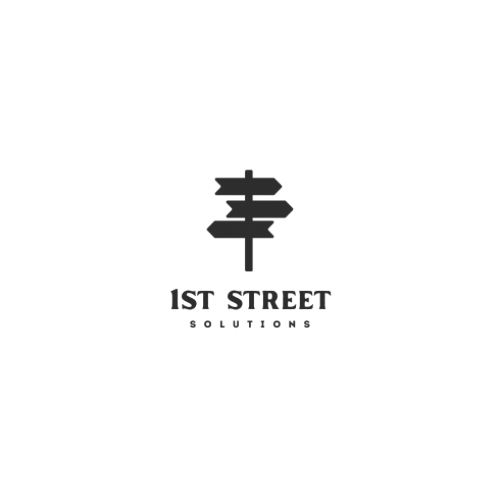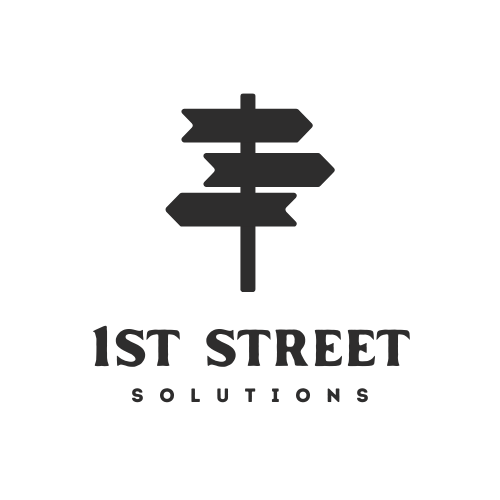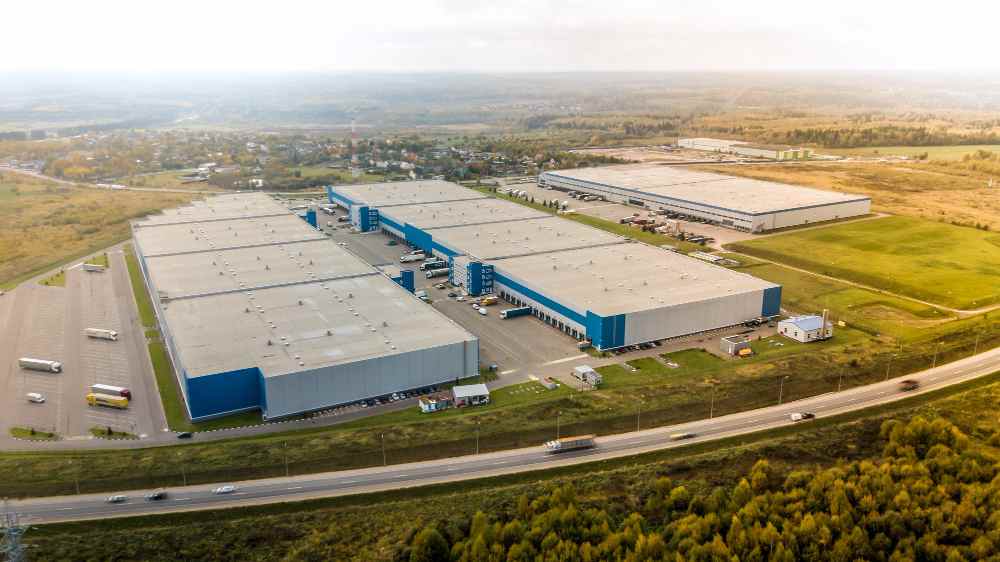Malaysia’s industrial property sector is undergoing a transformative phase, driven by technological advancements, global supply chain shifts, and a booming e-commerce landscape. As the country positions itself as a regional hub for manufacturing, logistics, and digital infrastructure, certain types of industrial properties are experiencing unprecedented demand. This article explores the top five types of industrial property in Malaysia, the factors fueling their growth, challenges, and future outlook, followed by key FAQs.
1. Warehouses and Logistics Centers
Why They’re in Demand:
The explosive growth of e-commerce (projected to reach RM1.65 trillion by 2025) has made warehouses and logistics centers the most sought-after industrial assets. Companies like Lazada, Shopee, and Ninja Van require vast storage spaces and last-mile delivery hubs to meet consumer expectations for rapid shipping.
Key Drivers:
- E-commerce Expansion: Online retail sales grew by 30% post-pandemic, necessitating 15 million sq ft of additional logistics space by 2025.
- Strategic Location: Proximity to Port Klang (Asia’s 12th busiest port) and major highways (e.g., North-South Expressway) enhances supply chain efficiency.
- Customized Facilities: Demand for climate-controlled warehouses (for perishables) and automated fulfillment centers equipped with robotics.
Hotspots:
- Klang Valley: Prime logistics hubs in Shah Alam and Pulau Indah.
- Johor: Adjacent to Singapore’s Tuas Port, ideal for cross-border trade.
Example: The GMG Logistics Hub in Shah Alam, a 1.2 million sq ft facility serving global retailers.
2. High-Tech Manufacturing Facilities
Why They’re in Demand:
Malaysia is a global leader in semiconductor manufacturing (7% of global output) and a key player in electric vehicle (EV) component production. Multinational corporations (MNCs) are expanding operations to capitalize on Malaysia’s skilled workforce and strategic trade links.
Key Drivers:
- Foreign Investments: RM265 billion approved for manufacturing in 2022, led by Intel, Tesla, and Bosch.
- Government Incentives: Tax exemptions in Free Industrial Zones (FIZs) and grants for automation under the National Industrial Master Plan 2030.
- EV Boom: Malaysia aims to become Southeast Asia’s EV hub, with investments from China’s Geely and BYD.
Hotspots:
- Penang: The “Silicon Valley of the East,” home to 300+ semiconductor firms.
- Kulim, Kedah: Intel’s RM30 billion advanced chip plant.
Example: Tesla’s Gigafactory in Selangor, producing EV batteries and charging infrastructure.
3. Data Centers
Why They’re in Demand:
Malaysia is emerging as Southeast Asia’s data center hub, driven by rapid digitalization, cloud adoption, and supportive government policies. Hyperscale operators like Microsoft and Amazon Web Services (AWS) are expanding their footprint.
Key Drivers:
- Digital Economy Blueprint: Targets RM70 billion in digital investments by 2025.
- Energy Stability: Competitive electricity costs (RM0.35/kWh) and renewable energy initiatives.
- Geographic Advantage: Proximity to submarine cable routes (e.g., Asia-Pacific Gateway).
Hotspots:
- Johor: Microsoft’s RM15 billion data center in Iskandar Puteri.
- Cyberjaya: NTT’s 32MW facility supporting regional cloud services.
Example: YTL’s Green Data Center in Johor, powered by solar energy.
4. Industrial Parks and Estates
Why They’re in Demand:
Integrated industrial parks offer cost-effective, ready-to-use infrastructure, attracting MNCs and SMEs. These estates often include factories, warehouses, and R&D labs within a single ecosystem.
Key Drivers:
- Shared Infrastructure: Reduced operational costs for utilities, security, and waste management.
- Government-Backed Projects: The 12th Malaysia Plan allocates RM15 billion for industrial park development.
- Special Economic Zones (SEZs): Tax breaks in areas like Iskandar Malaysia and East Coast Economic Region (ECER).
Hotspots:
- Batu Kawan, Penang: A 500-acre tech park hosting Bosch and Dell.
- Selangor Science Park: Focused on biotech and advanced materials.
Example: Iskandar Puteri Industrial Park in Johor, catering to solar panel and EV manufacturers.
5. Green Industrial Buildings
Why They’re in Demand:
Sustainability is no longer optional. Companies are prioritizing ESG (Environmental, Social, Governance) compliance, driving demand for eco-friendly industrial properties.
Key Drivers:
- Government Incentives: Green Investment Tax Allowance (GITA) offers 100% tax exemptions for green technology adoption.
- Corporate Commitments: Multinationals like Nestlé and Unilever mandate carbon-neutral facilities.
- Cost Savings: Solar panels reduce energy bills by up to 40%.
Hotspots:
- Pulau Indah, Selangor: IKEA’s solar-powered distribution center.
- Kuantan, Pahang: Greentech parks for renewable energy firms.
Example: Sunway Industrial Park’s net-zero energy warehouses in Selangor.
Factors Fueling Demand
- E-commerce and Digital Transformation: Online retail and cloud adoption are reshaping logistics and tech infrastructure needs.
- Global Supply Chain Diversification: Companies are relocating production from China to Malaysia post-pandemic.
- Government Policies:
- National Investment Aspirations (NIA): Prioritizes high-tech, knowledge-based industries.
- Malaysia Digital (MDEC): Accelerates data center growth through streamlined approvals.
- Strategic Location: Proximity to the Strait of Malacca, a critical maritime trade route.
Challenges
- Land Scarcity: Limited prime land in Penang and Klang Valley.
- Regulatory Complexity: Foreign investors face delays in approvals for land ownership.
- Rising Costs: Construction costs surged 8% in 2023 due to material inflation.
Future Trends
- Smart Warehouses: AI-driven inventory systems and autonomous delivery robots.
- EV Manufacturing Hubs: Expansion of battery and component factories.
- Renewable Energy Integration: Solar-powered industrial parks and green hydrogen facilities.
FAQs on Industrial Property Demand in Malaysia
1. Why are warehouses in Malaysia experiencing such high demand?
The e-commerce boom, accelerated by pandemic-driven online shopping, requires extensive logistics networks. Warehouses near urban centers (e.g., Klang Valley) enable faster last-mile delivery, while those near ports (e.g., Port Klang) facilitate regional trade.
2. What incentives attract foreign manufacturers to Malaysia?
Malaysia offers tax holidays in Free Industrial Zones (FIZs), grants for automation, and duty exemptions on imported machinery. The Malaysian Investment Development Authority (MIDA) provides tailored support for foreign investors.
3. How is Malaysia competing as a data center hub in Southeast Asia?
With stable energy costs, renewable energy initiatives, and proximity to submarine cables, Malaysia rivals Singapore and Indonesia. The Digital Economy Blueprint further incentivizes hyperscale operators like AWS and Microsoft.
4. Can foreign companies own industrial land in Malaysia?
Yes, but approvals from state authorities are required. Some states impose equity caps (e.g., Johor limits foreign ownership to 60% in strategic sectors).
5. Are green industrial properties cost-effective?
Initially, green buildings have higher upfront costs, but long-term savings from energy efficiency (e.g., solar power) and tax incentives like GITA make them financially viable.
Conclusion
Malaysia’s industrial property market is defined by high demand for warehouses, high-tech manufacturing plants, data centers, integrated industrial parks, and green buildings. Driven by e-commerce, foreign investment, and sustainability trends, these assets underscore Malaysia’s role as a regional economic powerhouse. Investors and businesses must navigate challenges like land scarcity while leveraging government incentives and technological advancements to capitalize on growth opportunities. As global supply chains evolve, Malaysia’s industrial sector is poised for sustained expansion, anchored by innovation and strategic foresight.



